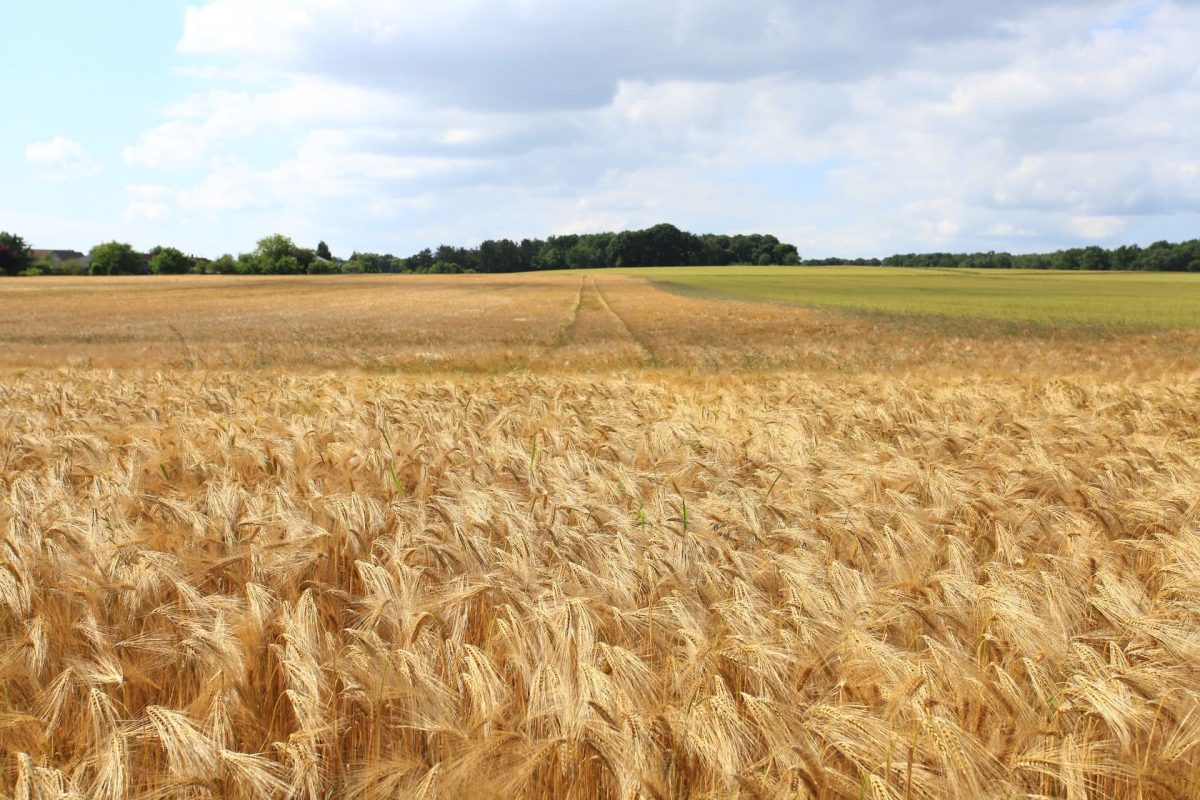YETRAC
Complete Guide to Cereal Crop Fertilization: Boosting Yield and Quality
Complete Guide to Cereal Crop Fertilization: Boosting Yield and Quality
Cereal crops, such as wheat, corn, rice, and barley, play a vital role in global food production. To maximize the yield and quality of your cereal crops, implementing proper fertilization practices is essential. In this comprehensive guide, we will explore the key steps and techniques for effectively fertilizing cereal crops. From understanding nutrient requirements to selecting the right fertilizers and implementing strategic fertilization methods, you’ll gain valuable insights to optimize your cereal crop production.
Soil Analysis
Before fertilizing your cereal crops, conduct a soil analysis to evaluate the nutrient content, pH level, and overall soil health. This analysis will help you identify any nutrient deficiencies or imbalances that need to be addressed through fertilization.
Macronutrients for Cereal Crops
Cereal crops require three primary macronutrients: nitrogen (N), phosphorus (P), and potassium (K). Nitrogen is crucial for promoting leaf and stem growth, phosphorus supports root development and overall plant health, and potassium contributes to disease resistance and quality grain production. Choose fertilizers with the appropriate ratios of these macronutrients, such as a 4:2:1 ratio for N:P:K.
Timing of Fertilization
Timing is critical when fertilizing cereal crops. Apply a significant portion of nitrogen-based fertilizers at the beginning of the growing season to support early growth. Additional fertilizer applications may be required during key growth stages, such as tillering or heading, to meet the nutrient demands of the crop. Avoid late-season fertilization to prevent excess vegetative growth that may hinder grain development.
Split Applications
Consider implementing split fertilizer applications for cereal crops. Splitting the fertilizer into multiple applications throughout the growing season allows for more efficient nutrient uptake and reduces the risk of nutrient leaching. This method ensures that the crops have a continuous supply of nutrients when they need them the most.
Soil Amendments
Incorporate soil amendments, such as organic matter, compost, or manure, to improve soil structure and nutrient-holding capacity. These amendments enhance nutrient availability and water retention, leading to better root development and overall crop performance. Apply the amendments before planting or during fallow periods.
Micronutrient Management
While macronutrients are crucial for cereal crop growth, micronutrients play equally important roles. Micronutrients like zinc, iron, manganese, and copper are necessary for various physiological processes in cereal crops. Conduct a soil analysis to identify any micronutrient deficiencies and apply targeted micronutrient fertilizers or foliar sprays to address specific needs.
Irrigation and Water Management
Proper irrigation and water management practices are essential for cereal crops’ health and nutrient uptake. Maintain adequate soil moisture levels throughout the growing season, especially during critical growth stages. Implement irrigation techniques that provide uniform water distribution and minimize water stress.
Monitoring and Adjusting
Regularly monitor your cereal crops for signs of nutrient deficiencies or excesses. Yellowing leaves, stunted growth, or poor grain development may indicate nutrient imbalances. Adjust your fertilization program accordingly, either by applying targeted fertilizers or adjusting the rates and timing of application to meet the crop’s specific needs.
Proper fertilization is crucial for optimizing the yield and quality of cereal crops. By conducting a soil analysis, understanding nutrient requirements, selecting the right fertilizers, and implementing strategic fertilization methods, you can boost the growth and productivity of your cereal crops. Remember to consider macronutrients, implementsplit fertilizer applications, incorporate soil amendments, manage micronutrients, practice proper irrigation and water management, and monitor your crops closely. By following these guidelines, you’ll be well-equipped to maximize the yield and quality of your cereal crops, ensuring a successful and productive harvest season.

